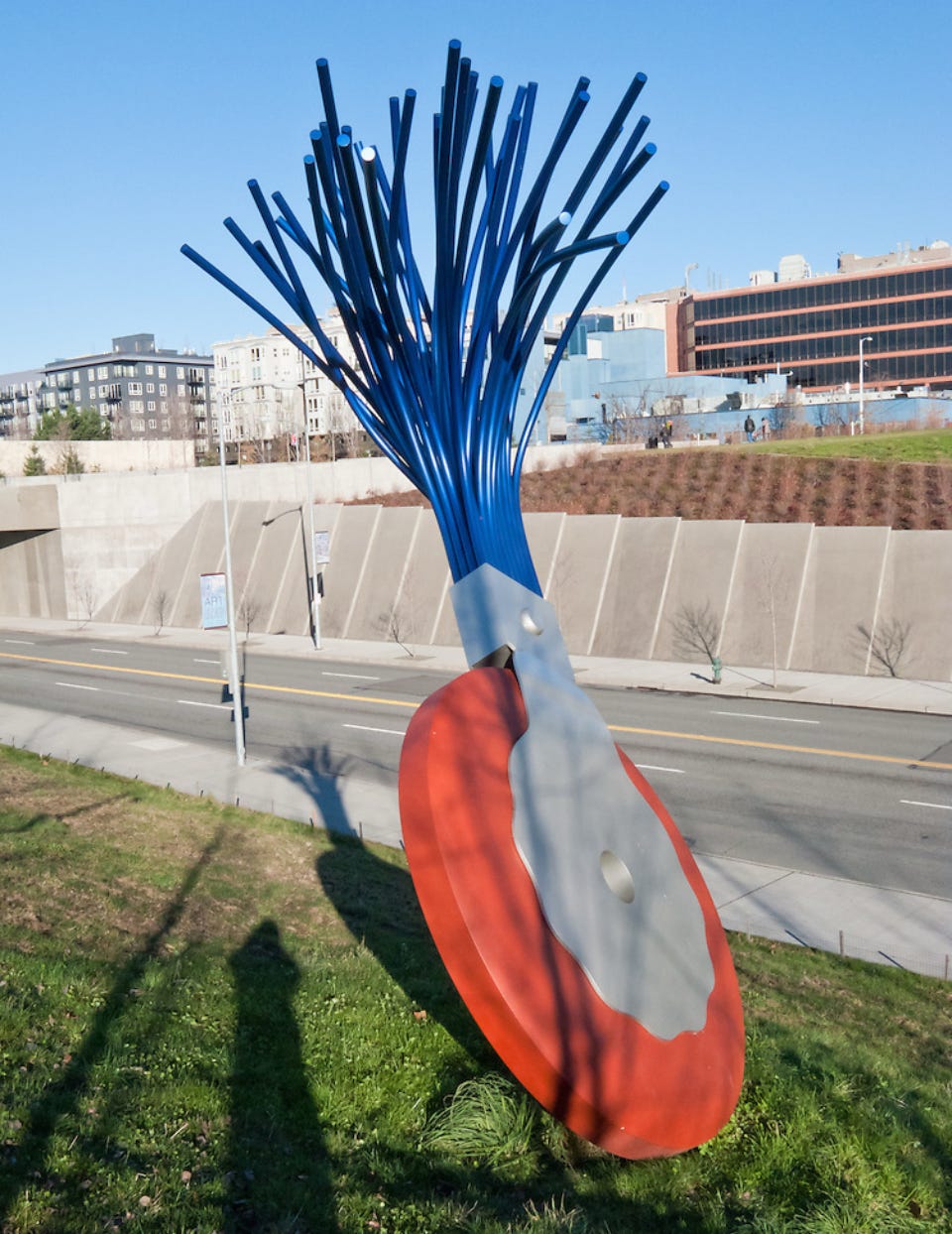Obsolete
Riding tech waves
I get to be a guest speaker for a Web Design class next week at my local Junior College. I put together a presentation called ‘Ten Hacks for a Career in Tech’ (link at the end). All ten are based on patterns that worked for me. Then, I found a pattern in the patterns—I’ve been riding waves of tech obsolescence. Not many industries experience the same degree of change as tech.
If you recognize this picture, you can smell it. Everyone in high school had this little bottle of white nail polish in their backpack to fix their mistakes. White-out.
Only the first couple of swipes of the brush from a new bottle were really effective. After that, white-out liquid got gummy and it caked around the screw top. If you cared to fix all that mess, you had to carry a second bottle of thinner around and do chemistry.
If you were a delinquent, you dabbed a bit of white-out over the words CORRECTION FLUID on the bottle, so it read ERECTION … and well, yknow. I never did that.
I did take typing. Rows of fellow delinquents, banging the keys and DING at the end of a line—hit the carriage return—SWIPE, KU-CHUNK up a line and back to the beginning. It was a bit chaotic. Typing might have been an elective, but pretty much everyone took it, because next year you had to type your papers.
If (nay, when), you made a mistake, you moved the typewriter platen (roller the paper sits on) clear of the keys and dabbed at your typo with the white-out brush. Then you blew on it to dry—waited—and then carefully lined it up to try again.
You had to type a certain speed to pass the class and mistakes were deducted from your words-per-minute score.
Liquid paper was the latest in a long line of innovations to fix mistakes. This eraser/brush combo for typewriters came before and there’s a statue of it outside the Seattle Museum of Modern art.
My dad courted my mom with his typewriter, cranking out her papers at UCLA. Of course he had one of those erasers, and as a kid I wanted it. Here’s my dad’s Smith-Corona, resplendent in curvy green and speckled grey.
While liquid paper was a complete change in approach from the eraser, typing innovation didn’t rest on its laurels. Next came strips you could type over to erase an errant letter or word with precision, then typewriter ribbons with a white-out strip built in, and then behold the cyborg typewriter—the amazing IBM Selectric with a golf ball for a type head and a … wait for it … a BACKSPACE key.
I got to use an IBM Selectric for a couple weeks as temp in the typing pool. Fighting to stay afloat amidst a cacophony of electronic balls whacking paper.
Yet, for all this amazingness, when I pulled my dad’s green Smith-Corona out of the corner of his closet 30 years later, my kids were agog—what is this wizardry?
What happened? Personal computers happened, or more accurately—word processors happened. Innovating on an existing platform, including increasingly better ways to erase ink, got swept away by an entirely new way to put words together. If you’re playing corporate bingo—bam! Have a Paradigm shift.
I like the analogy of evolutionary changes—steady incremental progress within an existing system—versus revolutionary change, where an entirely new system emerges.
Whatever you call it, this was called word processing. Before PCs took off, there was an entire class of office computing systems that only did … word processing. I got my hands on a few Wang systems early in my career, along with the biggest 8” floppy disks you’ve never seen.
I coded C on Unix using vi (before WYSIWYG was a thing), and I got through college on an Apple Macintosh. Keyboards, not typewriters, were the surfboard for my first tech wave.
My friend and noteworthy author David J. Schow, typed me letters of encouragement when I was starting out away from home in college. I saved them and each page is perfect—no corrections, no white-out needed. My Substack friend Kent Peterson writes up a tight one page story on a typewriter every day.
Me, I can’t write a sentence without a backspace key. I can’t fathom it. I need the cut, the paste, the backspace, delete and all the arrow keys. I text myself random thoughts, rant at my phone, scribble in online notebooks that sync so I can poke away on my phone while I’m brushing my teeth.
My brain is wired up that way.
Riding tech waves is more then just retooling—it’s also a bit of re-orienting your mind so that you and your tech are sympatico. Like Ouroboros, the mythical serpent eating its tail—tech is ever making waves, embracing a constant cycle of destruction and renewal.
So, if you love tech, like I love tech, I humbly encourage you to embrace disruption and ride the waves.
Here’s the deck I put together for my class next week. Think I can keep a classroom full of 20 year old’s awake?





Oh goodness. I recall kids sniffing Liquid Paper in some attempt to get high.
Also: I deeply regret that we may have thrown out our old QWERTY - it was a beauty from another era, like the 1940s. Deep regret.
That backspace function was just magic... I know we already talked about it, but dayumn what a game changer! That was right around the time when I was starting to have to turn in typed essays, so it was incredible timing.
I still use it. Just saying.
Michael Nesmith’s mom invented it.